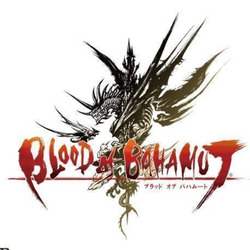
Blood of Bahamut
《Blood of Bahamut》is an action role-playing game for the Nintendo DS released by Square Enix in Japan on August 6, 2009.
Game Details:
Developed by Think & Feel, directed by Motomu Toriyama, and featuring the core team from the previous production of "Bahamut Lagoon."The game is set in a city built on the back of a sleeping giant beast, and when the "Gigant" awakens, it threatens humanity. The protagonist, Ibuki (Swordsman), and Yui (Staff Wielder), along with seven other characters, cooperate in single-player or up to four-player online mode to break through the giant beast's armor, core, and limbs in stages. They also need to defeat summoned small monsters to obtain materials for crafting weapons. The game contains over 130 missions, supports multiplayer challenges, and the large-scale boss battles are very impressive.
Editor's Recommendation:
- Hardcore Giant Beast Battle Experience: Designed by series designers, the battle scenes are extremely impressive when huge giant beasts appear across the dual screens, providing a rare large-scale BOSS impact experience on the DS platform.
- Both Tactics and Teamwork: It not only tests individual operation but also provides strategic space: prioritize dismantling armor, core output, and dividing tasks to defeat small monsters, making online cooperation more fun.
- Highly Replayable Mission Design: With 130+ missions covering various types, from main story to side quests, it's suitable for long-term experiences.
- Solid Production Team: The director has a brilliant resume, the music is composed by Naoshi Mizuta, and the music atmosphere is excellent.
- Rare Japanese Version Collection: Not released overseas, achieving collection value. For Final Fantasy and action RPG enthusiasts, it's a rare handheld masterpiece.
Game Guide:
The core of "Blood of Bahamut" lies in phased battles and resource management, with a total of approximately 130 stages across all chapters. The following are system enhancements and high-efficiency clearance methods:
1. Battle Phase Analysis
- Armor Breaking Phase: Prioritize concentrating the entire team's output on the giant beast's armor weak points, focusing fire to strip the armor faster;
- Core Attack: Immediately switch to the core area after the armor breaks, and quickly use high-damage weapons to focus the attack;
- Eliminate Subordinate Monsters: Bosses will summon small monsters to disrupt the battlefield. It is recommended that at least one person hold them back while others continue to output, preventing the core from recovering armor.
2. Character and Equipment Selection
- Balanced Team Composition: Players can switch between characters with different characteristics (such as the highly mobile Ibuki, the magic support Yui); in multiplayer mode, assign roles based on their duties, such as tank + output + control combination.
- Material Crafting Priority: Defeat more small monsters to obtain crafting materials. Prioritize synthesizing weapons with high core power for the core output phase; secondary weapons prioritize enhancing the effect of clearing groups of monsters.
3. Online Cooperation Suggestions
- Division of Labor is Most Important: It is recommended to have one main output, one responsible for clearing small monsters, and one assisting with support or adjusting the output path;
- Voice or Signal Communication: Boss phase transitions are obvious, which helps to switch responsibilities and routes in real-time.
4. Mission Progression Strategy
- Progress According to Difficulty: First, complete lower difficulty levels to accumulate materials and equipment, then challenge the boss with increased difficulty;
- Repeat Upgrade for High-Difficulty Levels: In the later stages, you can repeatedly challenge the passed levels to obtain rare materials to improve equipment strength.
5. Resource Management Tips
- Material Allocation Prioritize Core Weapons: Prioritize the core phase, with the most significant efficiency improvement;
- Strengthening Preparation Between Missions: After completing several levels, stop to update equipment and skills to welcome higher difficulty.
RPG Related Retro Games
More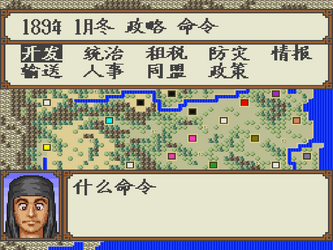
Yokoyama Mitsuteru's Sangokushi
SNES
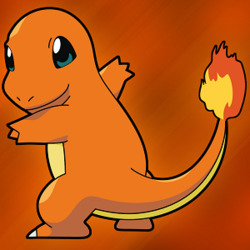
Pokémon Red
Game Boy Advance
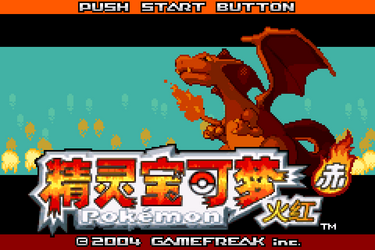
Pokémon FireRed
Game Boy Advance
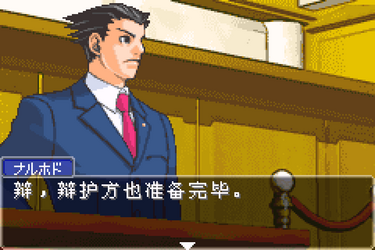
Gyakuten Saiban
Game Boy Advance
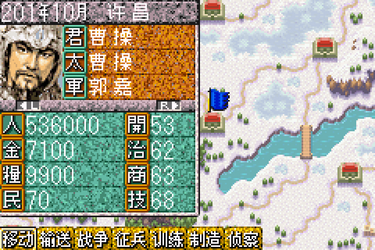
Sangokushi
Game Boy Advance
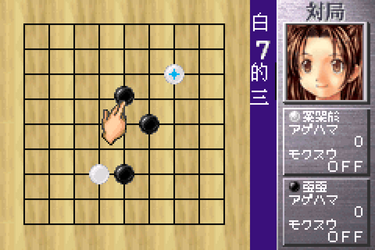
Hikaru no Go
Game Boy Advance
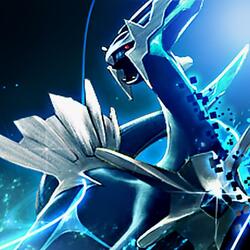
Pokémon Diamond
Gameboy | Color
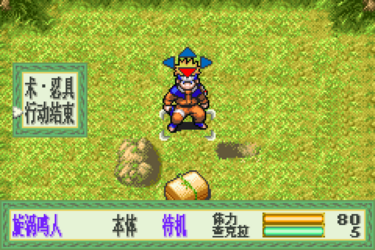
Naruto: Konoha Senki
Game Boy Advance
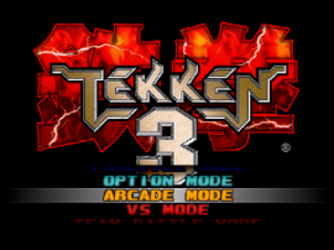
Tekken 3
Playstation
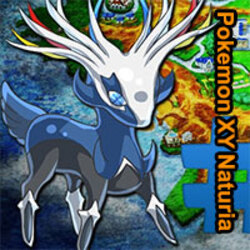
Pokémon: XY Natural
Gameboy | Color
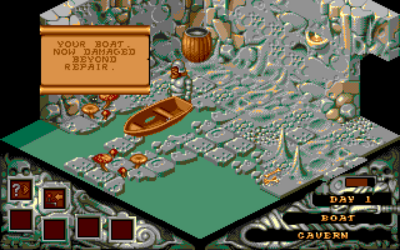
Cadaver
MS-DOS
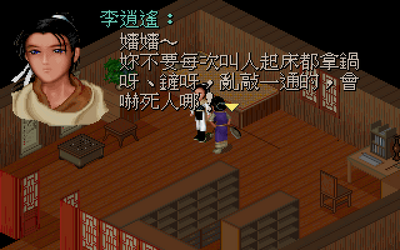
The Legend of Sword and Fairy
MS-DOS
Action Related Retro Games
More
Metal Slug
Arcade
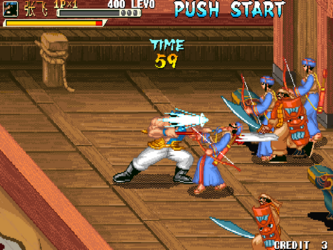
Knights of Valou
Arcade
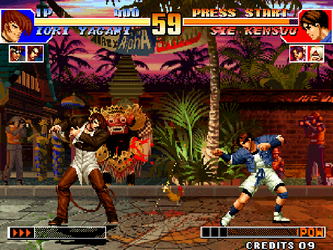
The King of Fighters '97
Arcade
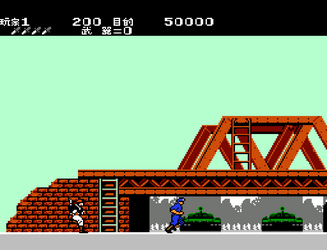
Rush'n Attack
NES / Famicom
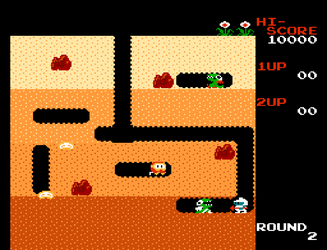
Dig Dug
NES / Famicom
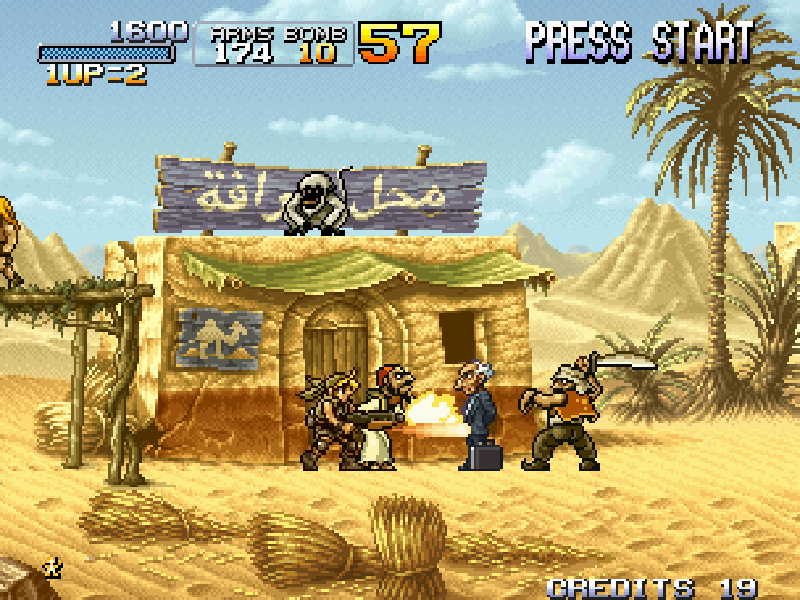
Metal Slug 2
Arcade
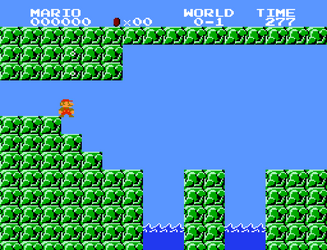
Super Mario Bros.
NES / Famicom
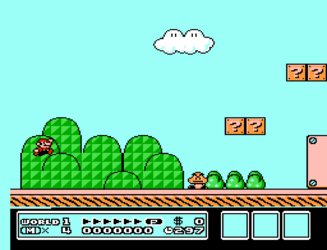
Super Mario Bros. 3
NES / Famicom
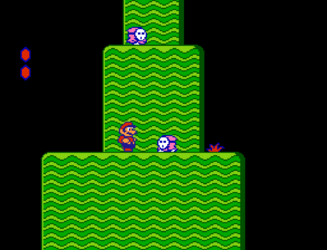
Super Mario Bros. 2
NES / Famicom
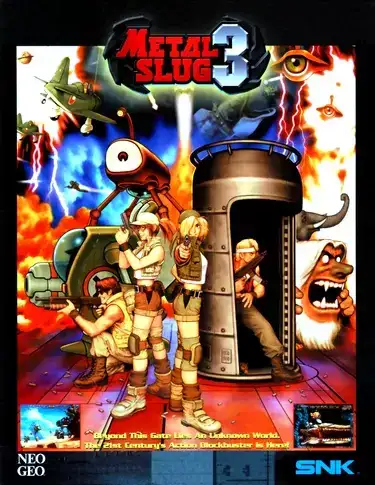
Metal Slug 3
Arcade
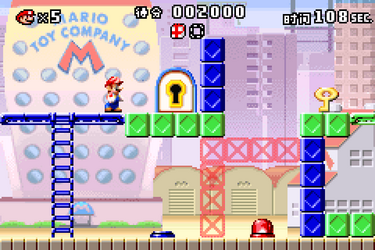
Mario vs. Donkey Kong
Game Boy Advance
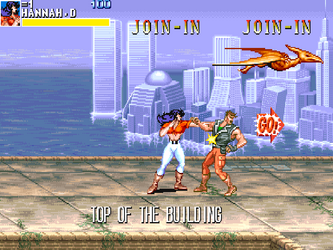
Cadillacs and Dinosaurs
Arcade
Cartoon Related Retro Games
More
Super Mario Bros.
NES / Famicom

Metal Slug 3
Arcade

Mario vs. Donkey Kong
Game Boy Advance
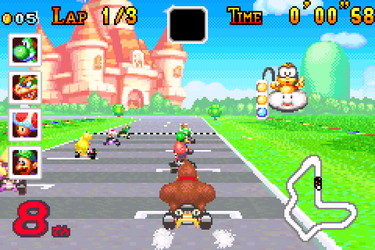
Mario Kart: Super Circuit
Game Boy Advance
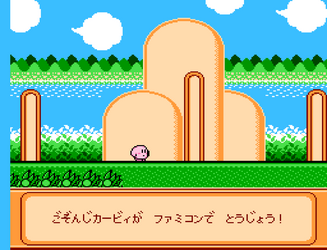
Kirby's Adventure
NES / Famicom
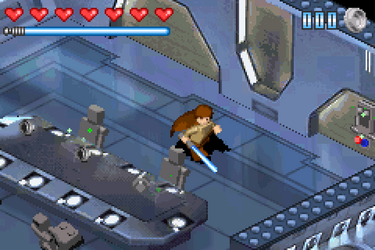
LEGO Star Wars: The Video Game
Game Boy Advance
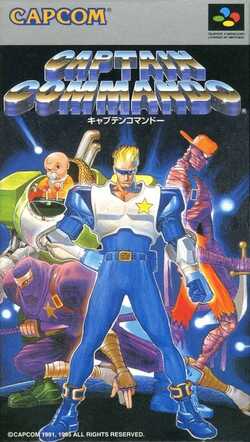
Great General
Arcade
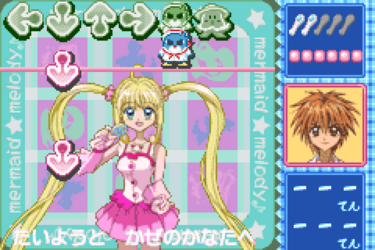
Mermaid Melody: Pichi Pichi Pitch
Game Boy Advance
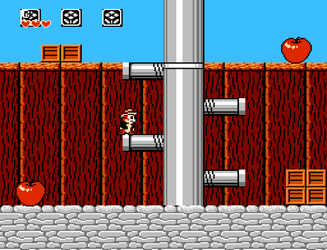
Chip 'n Dale: Rescue Rangers
NES / Famicom

Super Mario RPG: Legend of the Seven Stars
Nintendo 64
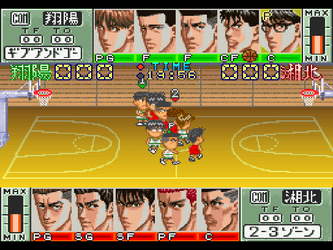
Slam Dunk 2
SNES
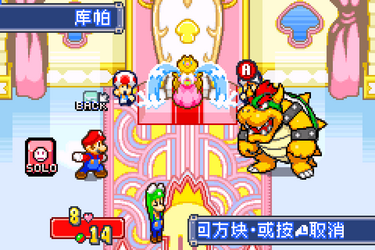
Mario & Luigi: Superstar Saga
Game Boy Advance